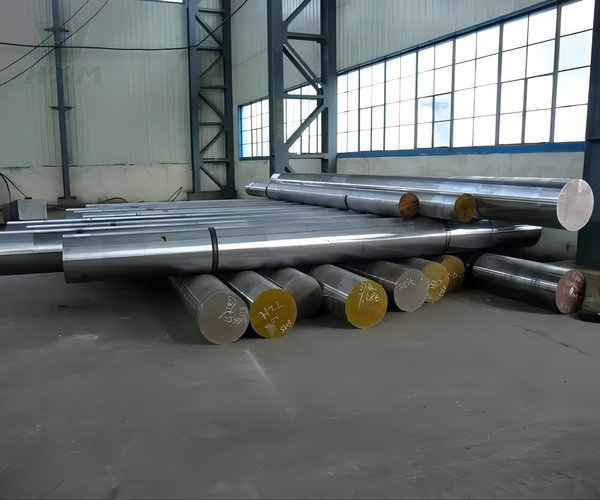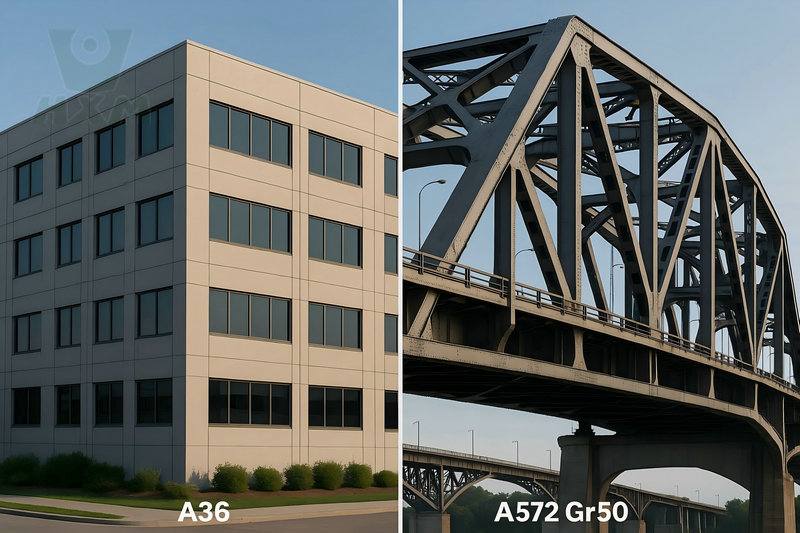Hastelloy metals and alloys are known for their excellent corrosion resistance and versatility, making them essential materials for various industries. This guide comprehensively introduces Hastelloy, including its types, properties, applications, and more. Hopefully, it will provide guidance and suggestions for more manufacturers and engineers.
Hastelloy Alloy
Need to source high-performance Hastelloy for your project? Huaxiao Metal is a leading supplier of Hastelloy plates, pipes, bars, and more.
What are Hastelloy Metals and Alloys?
Hastelloy metal is a trade name for a group of corrosion-resistant metal alloys consisting primarily of nickel and varying amounts of molybdenum, chromium, iron, cobalt, and other elements. These alloys are designed to withstand harsh chemical environments such as acidic attacks and oxidizing conditions, making them an excellent choice for the chemical, aerospace, and marine industries.
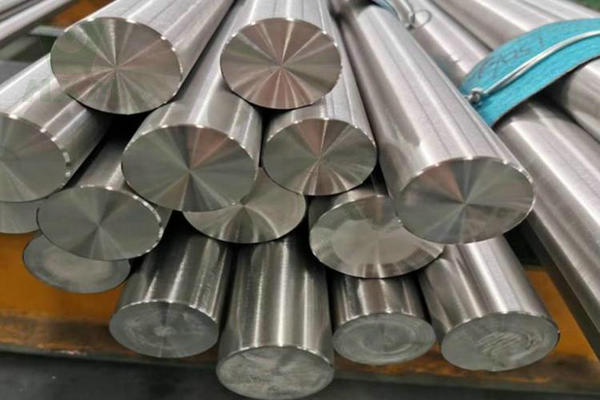
Hastelloy Metals and Alloys Grades
Choosing the right Hastelloy alloy grade is critical. The most widely used grades belong to the “C-type” family, but other specialized grades serve critical functions.
| Grade | Key Features & Primary Applications | Nominal Chemical Composition (Key Elements) |
| HASTELLOY C-276 | The original workhorse. Excellent resistance to a wide range of corrosive media. Widely used in chemical processing, pollution control, and waste treatment. | Ni: Bal, Mo: 15-17%, Cr: 14.5-16.5%, Fe: 4-7%, W: 3-4.5% |
| HASTELLOY C-22 | An improved version of C-276 with enhanced resistance to pitting, crevice corrosion, and stress corrosion cracking. Superior in oxidizing aqueous media. | Ni: Bal, Mo: 12.5-14.5%, Cr: 20-22.5%, Fe: 2-6%, W: 2.5-3.5% |
| HASTELLOY B-2/B-3 | Exceptional resistance to non-oxidizing acids like hydrochloric and sulfuric acid at all concentrations and temperatures. B-3 offers better thermal stability. | Ni: Bal, Mo: 26-30% (B-2), 28.5% (B-3) |
| HASTELLOY X | Known for its outstanding high-temperature strength, oxidation resistance, and fabricability. Primarily used in aerospace for jet engine components. | Ni: Bal, Cr: 20.5-23%, Fe: 17-20%, Mo: 8-10% |
| HASTELLOY G-30 | Offers superior resistance to commercial phosphoric acid and other highly oxidizing acid mixtures. Common in fertilizer production. | Ni: Bal, Cr: 28-31.5%, Fe: 13-17%, Mo: 4-6% |
After comparing grades, the next step is to check availability and specifications.
B-type Alloys
Characteristics: These alloys excel in resisting hydrochloric acid and other strongly reducing agents.
Examples: Hastelloy B, B-2, and B-3.
Applications: Commonly used in chemical processing industries for handling acids.
C-type Alloys
Characteristics: Known for their resistance to oxidizing and reducing agents, including wet chlorine and mixtures containing nitric acid.
Examples: Hastelloy C, C-22, C-276, and C-2000.
Applications: Used in reactors, heat exchangers, and scrubbers.
G-type Alloys
Characteristics: Designed to resist phosphoric acid and highly oxidizing acid environments.
Examples: Hastelloy G-30 and G-35.
Applications: Perfect for fertilizer production and pollution control equipment.
Hastelloy Alloys Data Sheet
Hastelloy Alloys Chemical Compositions
| Element | B-type Alloys (%) | C-type Alloys (%) | G-type Alloys (%) |
|---|---|---|---|
| Ni | 65–70 | 50–60 | 44–60 |
| Mo | 26–30 | 13–16 | 1.5–5 |
| Cr | 1–3 | 14–16 | 20–30 |
| Fe | 2–5 | 3–5 | 15–22 |
| Co | ≤2 | ≤2 | ≤2 |
| Other Elements | Trace | Trace | Trace |
The Mechanical Properties of Hastelloy
| Property | B-type Alloys | C-type Alloys | G-type Alloys |
|---|---|---|---|
| Tensile Strength (MPa) | 690–760 | 750–830 | 690–750 |
| Yield Strength (MPa) | 240–310 | 275–345 | 240–310 |
| Elongation (%) | 40–50 | 45–55 | 35–45 |
| Hardness (Rockwell C) | 20–30 | 25–35 | 20–28 |
The Physical Properties of Hastelloy
| Property | Value |
|---|---|
| Density (g/cm³) | ~8.9 |
| Melting Range (°C) | 1300–1350 |
| Thermal Conductivity (W/m·K) | 9–11 |
| Coefficient of Thermal Expansion (µm/m·°C) | 12–15 |
| Electrical Resistivity (µΩ·m) | 1.2–1.5 |
Characteristics of Hastelloy Alloys
Outstanding resistance to pitting and crevice corrosion.
Excellent weldability and formability.
Strong resistance to oxidation at elevated temperatures.
Special Properties of Hastelloy Alloys
Ability to withstand chlorine environments.
Resistant to stress corrosion cracking.
Exceptional performance in reducing and oxidizing conditions.
Benefits of Hastelloy Metal & Alloys
Longer service life in extreme conditions.
Reduced maintenance costs due to high durability.
Versatility across industries, ensuring cost-effective solutions.
Applications for Hastelloy Metal & Alloys
Chemical Processing: Reactors, heat exchangers, and distillation columns.
Aerospace: Turbine components and exhaust systems.
Marine: Seawater piping systems and heat exchangers.
Pharmaceutical: Sterilization equipment and reactors.

Costs of Hastelloy Alloys
Hastelloy metal alloy is a premium material. Prices vary depending on grade, market demand and processing complexity. For specific prices, please contact reliable suppliers and manufacturers.
Where to Source Hastelloy Metals and Alloys?
To procure high-quality Hastelloy metal & alloys, partnering with reputable suppliers is essential. Huaxiao Metal offers a wide range of Hastelloy products with guaranteed quality, competitive pricing, and timely delivery. Contact us today to discuss your requirements and request a quote!
The Importance of Annealing in Hastelloy Manufacturing
Annealing is a critical step in Hastelloy production. This process relieves internal stresses, enhances ductility, and ensures the material’s microstructure is optimized for corrosion resistance. Proper annealing guarantees long-term performance and reliability.
Why Choose Huaxiao Metal as Your Hastelloy Supplier?
Extensive Inventory: We hold stock of common Hastelloy grades and forms for fast delivery.
Technical Expertise: Our team can help you select the optimal grade for your specific operating conditions.
Quality Assurance: All our products are supplied with Mill Test Certificates (MTC) and meet international standards. We are ISO certified.
Competitive Pricing: Leveraging our supply chain, we offer high-performance alloys at a fair market price.
Choosing the right material is the first step to ensuring the safety, longevity, and efficiency of your project. Hastelloy alloys provide the ultimate solution for environments where other materials simply cannot perform.
Contact the Huaxiao Metal team today. We’ll provide a competitive quote, technical data sheets, and the expert advice you need to succeed.
Frequently Asked Questions: Hastelloy Metals and Alloys
What is the main difference between Hastelloy C-276 and C-22?
C-22 has a higher chromium content and lower molybdenum content than C-276. This gives C-22 superior resistance to oxidizing aqueous media and better protection against pitting and crevice corrosion, making it a more advanced and often preferred choice for certain critical applications.
Is Hastelloy magnetic?
Hastelloy Metals and Alloys are nickel-based and are generally considered non-magnetic in their annealed (softened) state. However, severe cold working can induce a slight magnetic response in some grades.
How does Hastelloy compare to Inconel?
Both are nickel-based superalloys, but they excel in different areas. Hastelloy’s primary strength is its superior corrosion resistance, especially in reducing and acidic environments. Inconel’s primary strength is its exceptional performance at extremely high temperatures, where it maintains its strength and resists oxidation.
Recommended Articles
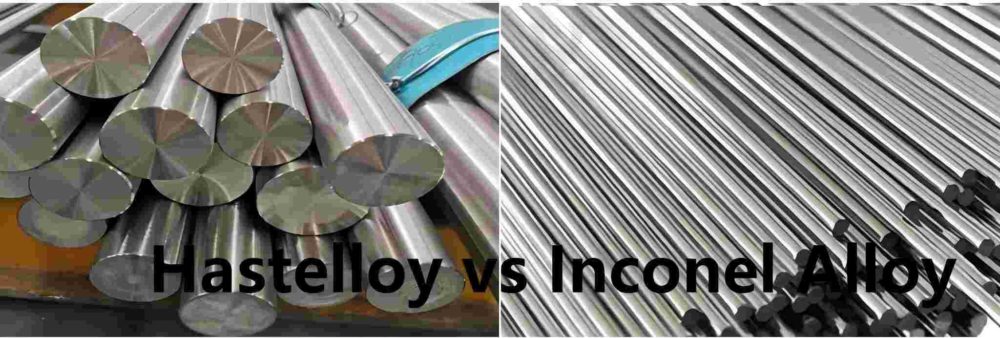
Hastelloy vs Inconel Alloy
In industrial manufacturing, the choice of materials is crucial. Especially for applications involving high temperature and high corrosion environments, Hastelloy vs Inconel have become nickel-based
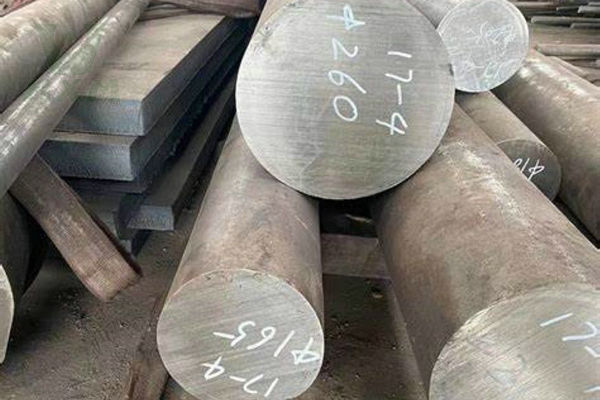
Hastelloy vs Stainless Steel
When selecting materials for demanding environments, choosing the right alloy is critical. Hastelloy vs stainless steel are both common choices in industry due to their
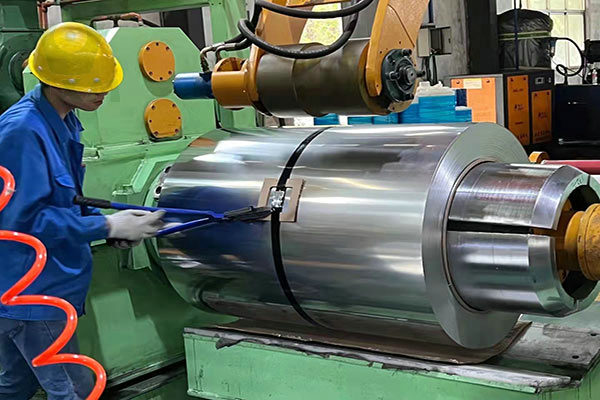
Hastelloy Alloy
Hastelloy Alloy Supplier and Manufacturer From China We provide high-performance Hastelloy Alloy materials designed to cope with corrosion, thermal stress, and high-temperature requirements in extreme

